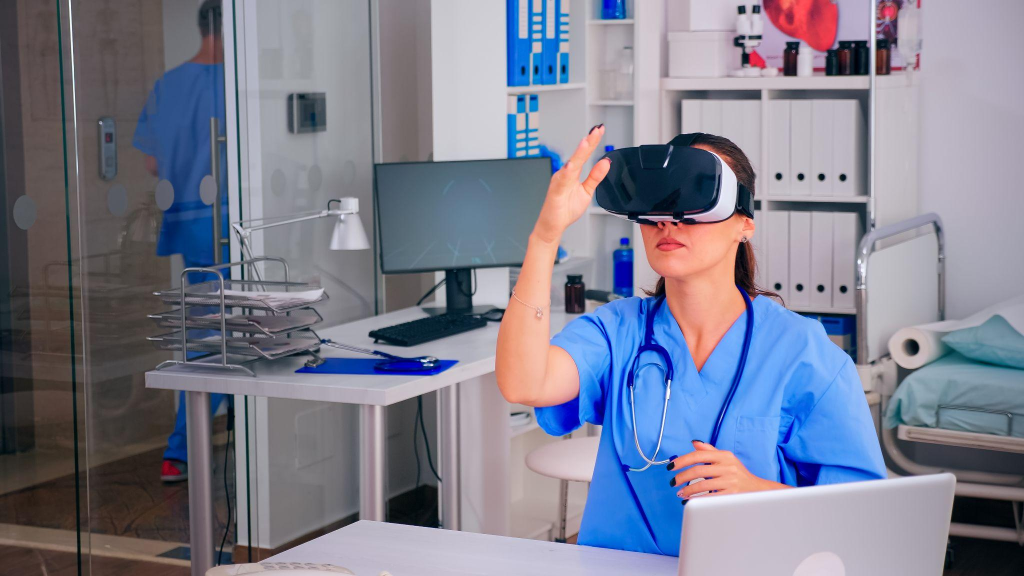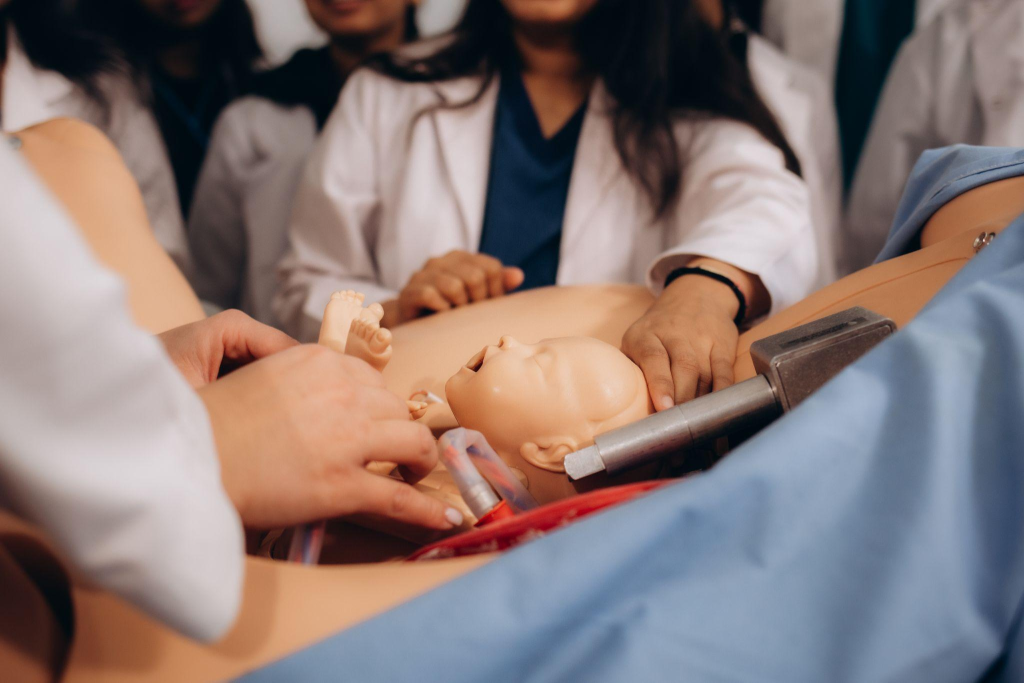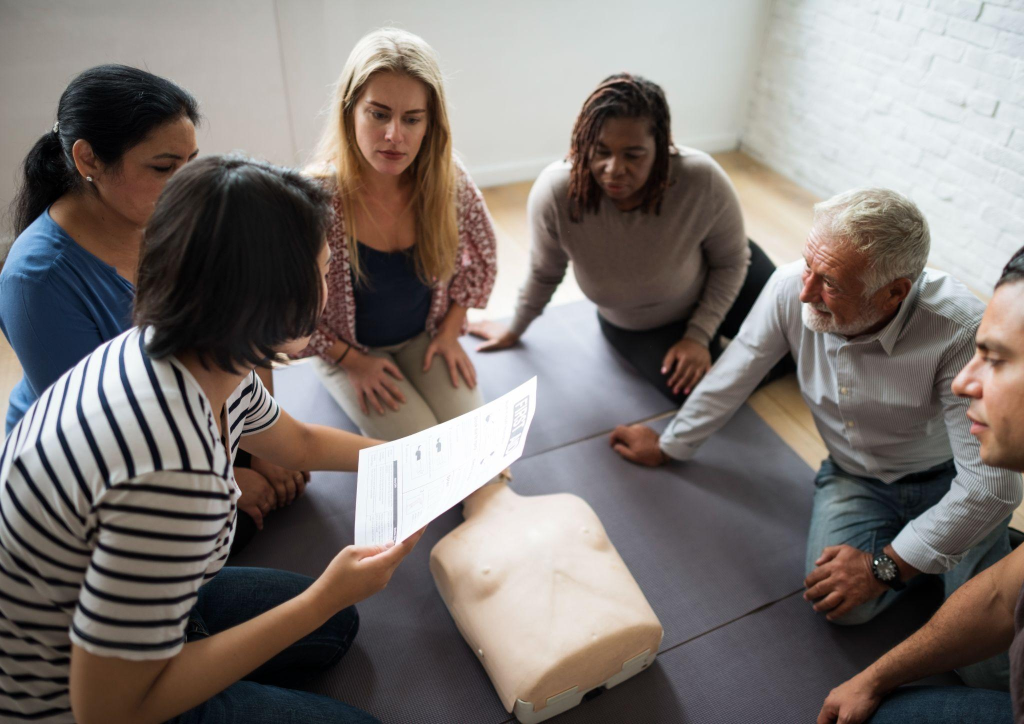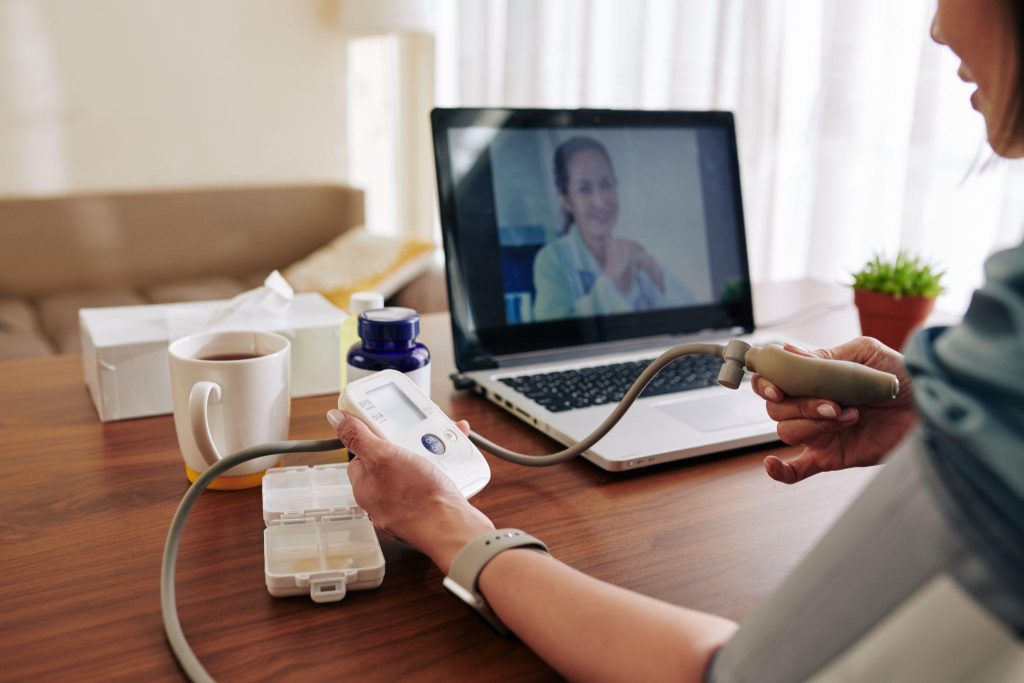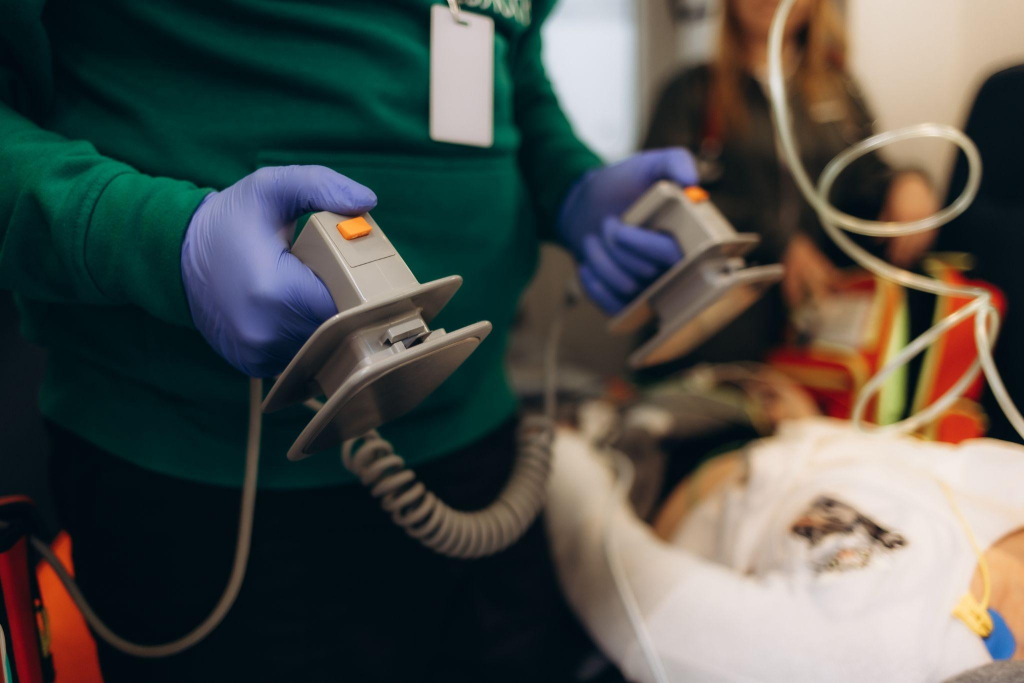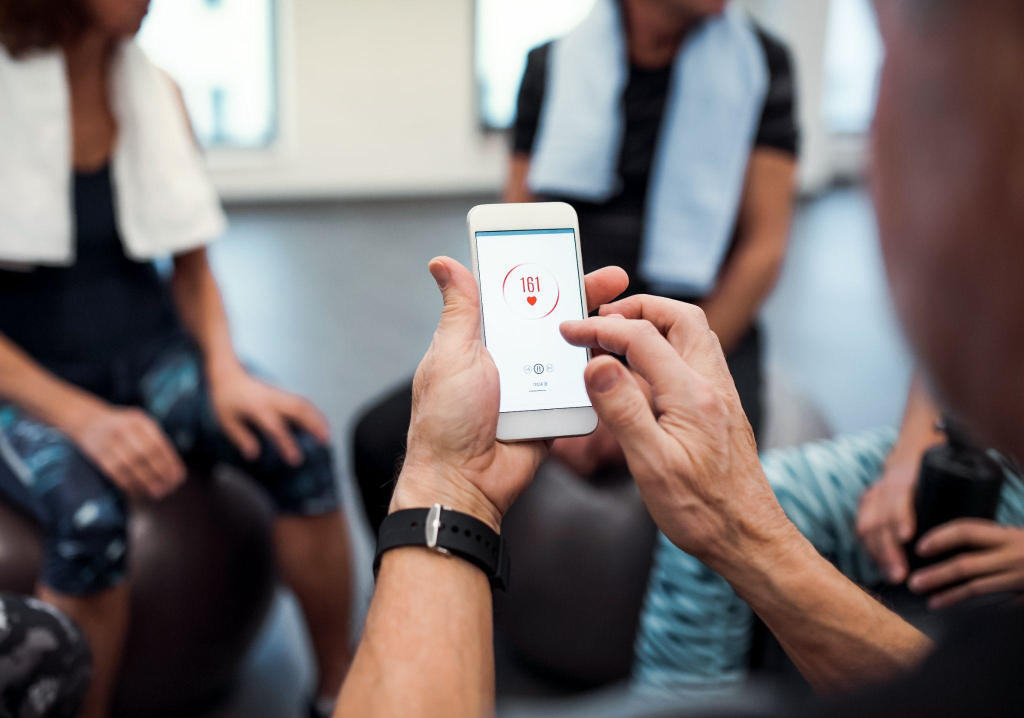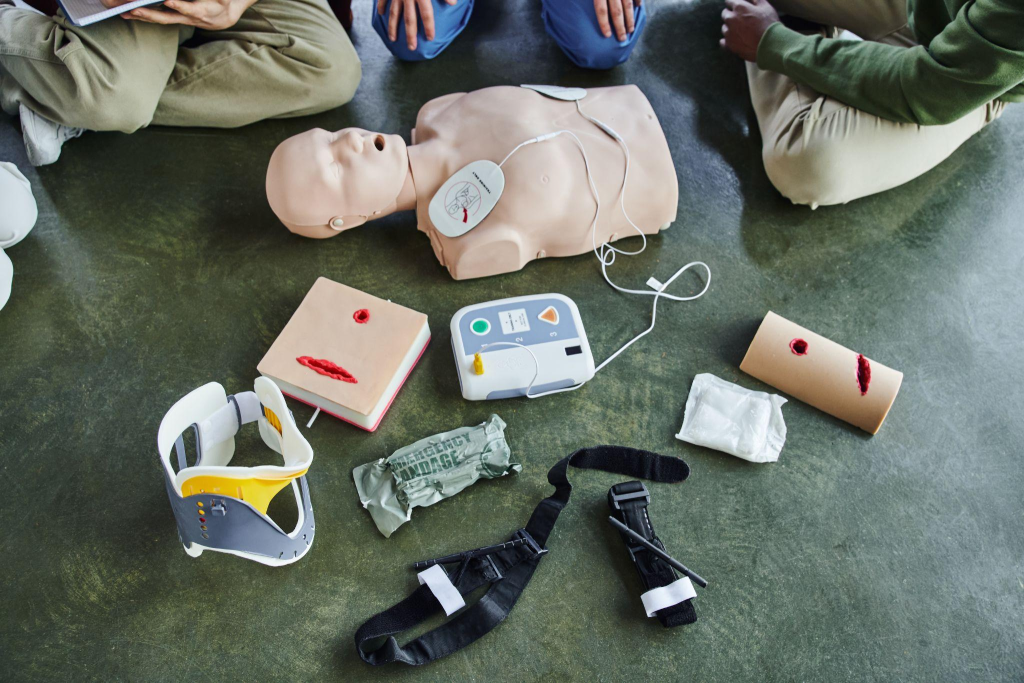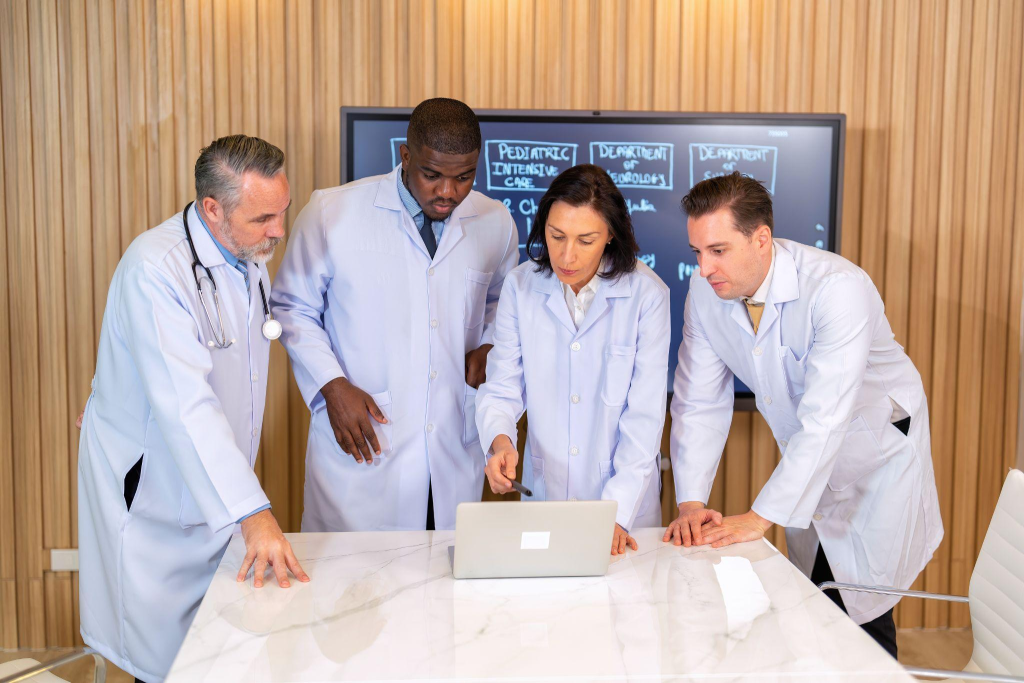The rapid evolution of virtual reality (VR) technology has opened up new possibilities for medical training. In particular, VR has shown great promise in enhancing the acquisition and retention of critical skills for Advanced Cardiovascular Life Support (ACLS).
VR-based ACLS training offers healthcare professionals an immersive, interactive learning experience that closely mimics real-world scenarios. By leveraging the power of VR, clinicians can practice life-saving procedures and decision-making in a safe, controlled environment without risk to patients.
As the demand for effective, efficient, and accessible ACLS training grows, it is crucial to understand the role of VR in this context. This article will explore the benefits, applications, and evidence supporting the use of VR in ACLS skills training.
What is Virtual Reality (VR) and How is it Used in ACLS Training?
Virtual reality is a computer-generated simulation of a three-dimensional environment that can be interacted with in a seemingly real or physical way. For more details, you can explore this comprehensive guide on VR training benefits.
In the context of ACLS training, VR allows healthcare professionals to practice skills and scenarios in an immersive, realistic setting—providing an experience that closely resembles actual patient care situations.
VR ACLS training typically involves the use of specialized hardware, such as head-mounted displays and motion-tracking controllers, along with software that renders the virtual environment and simulates various clinical scenarios. Trainees can interact with virtual patients, perform assessments, administer medications, and execute procedures like CPR or defibrillation.
One of the key advantages of VR in ACLS training is its ability to supplement traditional face-to-face methods, such as mannequin simulation. While mannequin-based training remains valuable, VR offers several unique benefits:
- Increased accessibility: VR training can be conducted anywhere, anytime, without the need for physical equipment or dedicated simulation facilities like those used at Affordable ACLS.
- Standardized scenarios: All trainees experience the same high-quality, consistent scenarios, ensuring equal learning opportunities.
- Objective assessment: VR systems can provide immediate, data-driven feedback on performance, allowing for targeted improvement.
By incorporating VR into ACLS curricula, healthcare organizations can offer their staff a more flexible, engaging, and effective way to acquire and maintain these critical skills. As technology continues to advance, the role of VR in ACLS training is poised to expand, driving better outcomes for both clinicians and the patients they serve.
Benefits of VR for ACLS Skills Acquisition and Retention
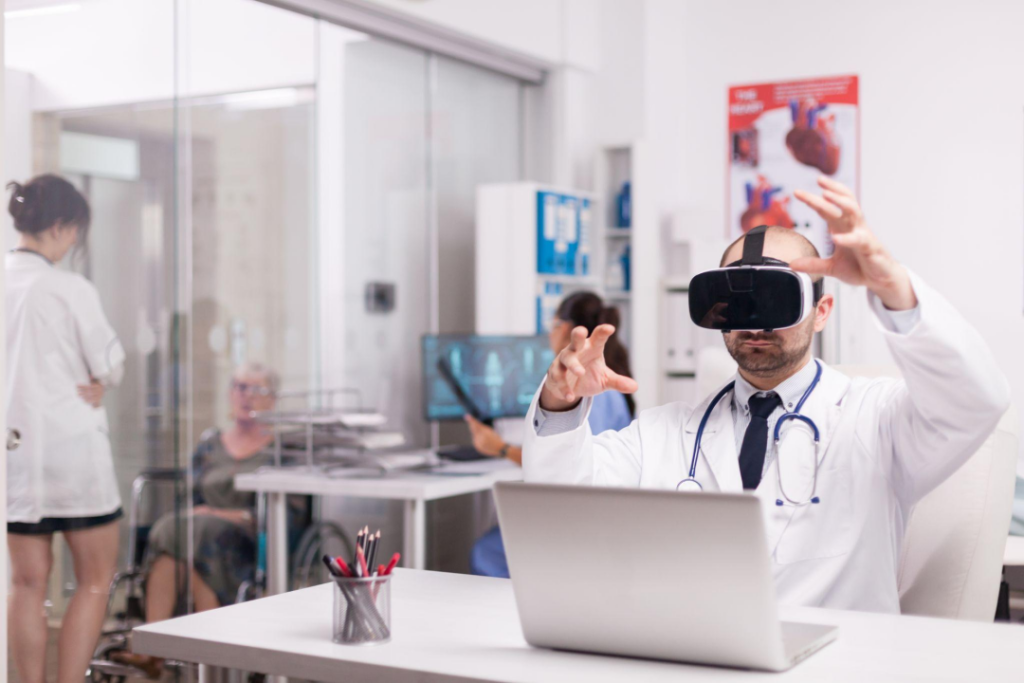
Realistic, Immersive Training Scenarios
Virtual reality delivers a comprehensive simulation experience, plunging healthcare professionals into dynamic environments where they can refine ACLS procedures. These digitally crafted scenarios offer a fidelity that replicates the complexities and nuances of real-life clinical challenges. Such depth of immersion enhances focus and retention, which are crucial for cultivating effective problem-solving abilities in high-pressure contexts.
Deliberate Practice and Mastery Learning
VR facilitates a structured approach to skill enhancement, allowing trainees to systematically refine their techniques through repeated exposure to varied scenarios. This technology supports iterative learning, enabling practitioners to dissect and perfect each component of the ACLS protocols at their own pace. Through sustained engagement, learners can achieve a level of expertise that ensures competence and readiness for actual emergencies.
Enhanced Retention of Skills Over Time
Addressing the challenge of skill attrition, VR offers continuous opportunities for practice that reinforce previously acquired competencies. By integrating regular refresher sessions within the VR platform, healthcare providers can maintain their skillset at a peak level even between certification periods. This ongoing practice is instrumental in ensuring that clinicians remain adept and effective, thereby enhancing patient care efficacy.
Advantages of VR Compared to Traditional ACLS Training Methods
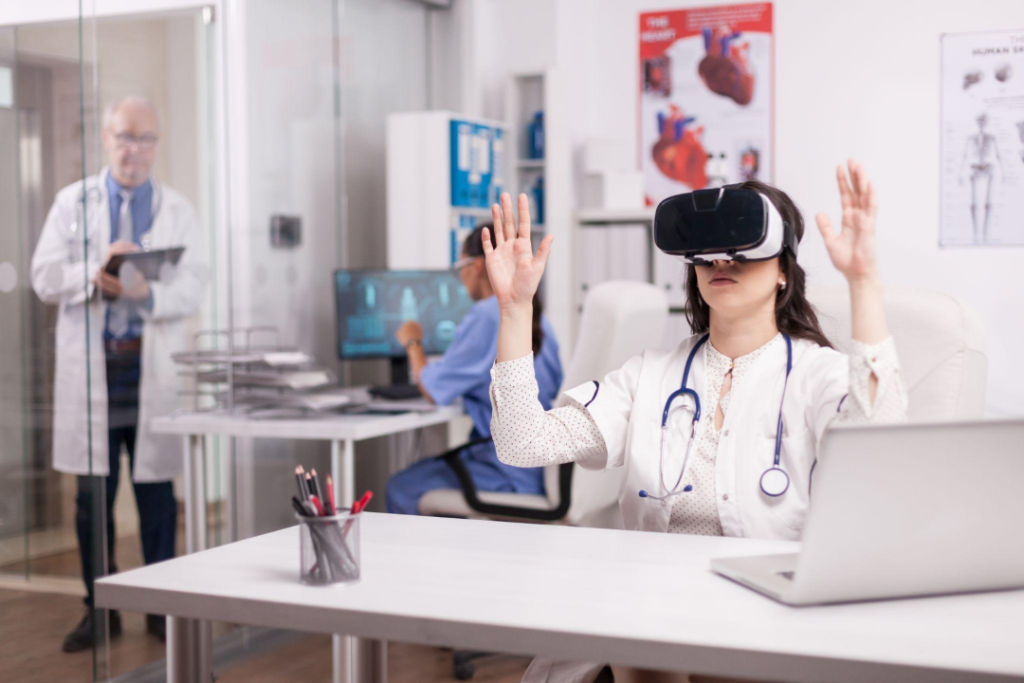
Cost Savings and Increased Accessibility
Virtual reality revolutionizes ACLS training by significantly reducing financial barriers. Traditional high-fidelity mannequin simulations demand substantial investments in physical infrastructure and maintenance. VR circumvents these limitations by offering a digital solution that minimizes the need for costly equipment and specialized facilities. As a result, institutions can allocate resources more efficiently while broadening access to essential training programs.
Moreover, VR’s digital nature allows for the seamless integration of training into various healthcare settings, irrespective of geographical location. This adaptability means that healthcare providers in rural or underserved areas can benefit from the same high-quality training as those in major medical centers. By leveraging VR, training programs can reach an expanded audience without the logistical challenges of traditional methods.
Objective Assessment and Immediate Feedback
VR technology introduces a new level of precision to the evaluation process in ACLS training, similar to VR training systems for first responders. It provides an objective framework that ensures consistent performance assessments across different trainees. This data-driven approach facilitates the identification of specific skill gaps, enabling targeted interventions that foster skill enhancement.
The immediacy of feedback in VR scenarios is unmatched by traditional methods. As trainees engage with virtual patients, they receive prompt and detailed insights into their decisions and actions. This continuous feedback loop supports the rapid correction of errors and reinforces effective practices, creating an environment conducive to accelerated learning and skill mastery. The comprehensive tracking capabilities of VR further support personalized learning trajectories, promoting sustained professional development.
Flexibility and Scalability of Training
VR introduces a new level of flexibility in ACLS training, accommodating the demanding schedules of healthcare professionals. Unlike traditional simulations that require coordination of physical space and personnel, VR sessions can be scheduled on-demand, fitting seamlessly into the busy lives of clinicians. This adaptability not only maximizes training time but also enhances the overall learning experience by reducing the pressure of time constraints.
Additionally, the scalable nature of VR training allows institutions to efficiently train multiple individuals simultaneously. Without the physical limitations of space or equipment, VR can be deployed to larger groups, ensuring that more healthcare providers receive the necessary training in a shorter timeframe. This scalability is particularly beneficial in meeting the growing demand for qualified ACLS practitioners, ensuring a well-prepared workforce ready to respond to emergencies effectively.
Evidence Supporting the Effectiveness of VR ACLS Training
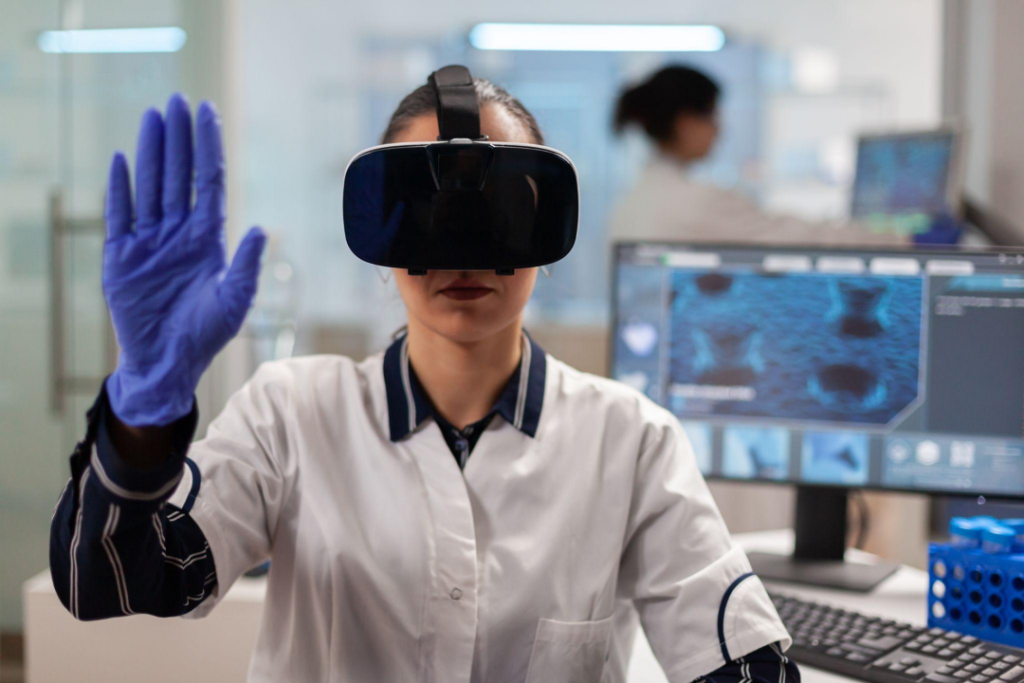
The extensive research surrounding virtual reality in Advanced Cardiovascular Life Support (ACLS) training highlights its potential as an impactful educational medium. Studies demonstrate that VR-based training effectively cultivates clinical competencies comparable to those achieved through traditional high-fidelity simulations. Utilizing advanced simulation technologies, VR provides a rich environment for precise skill assessment and enhancement.
Comparable Performance Outcomes
Research indicates that VR ACLS training effectively prepares healthcare professionals with skills that are on par with traditional training methods. Key studies have shown that VR simulations can significantly improve critical skills such as CPR precision and defibrillation success rates. When directly compared, individuals trained through VR exhibit levels of proficiency similar to those trained using mannequins, suggesting VR’s efficacy as a comprehensive training solution.
Real-World Application and Skill Transfer
The benefits of VR training extend into clinical practice, as evidenced by the application of skills in actual resuscitation events. Healthcare providers trained in VR settings often demonstrate heightened readiness and capability in real-world emergencies. The structured and repetitive nature of VR training builds a strong foundation, enabling clinicians to perform confidently and effectively under pressure. These findings reinforce VR’s role in seamlessly translating learned skills to practical scenarios, ultimately enhancing patient care outcomes in urgent settings.
Implementing VR ACLS Training Programs
Selecting the Right VR Training Platform
To effectively incorporate virtual reality into ACLS training, choosing a suitable platform is paramount. The ideal VR system should provide an immersive environment with advanced visual and interactive elements that replicate the nuances of clinical scenarios precisely. This level of detail is crucial for fostering an authentic learning experience that enhances skill application in real-world settings. Additionally, a robust analytical framework within the platform can track learner progression, offering comprehensive insights into performance enhancements and areas requiring additional focus.
User-centric design is also essential; the platform must cater to the diverse technological proficiency levels of healthcare professionals. Streamlined interfaces and intuitive controls ensure that users can navigate the VR environment effortlessly, concentrating their efforts on mastering the ACLS protocols. Selecting a platform that meets these criteria can significantly impact the program’s success, facilitating seamless adoption and integration.
Integrating VR into Existing ACLS Curricula
The integration of VR introduces a dynamic dimension to the curriculum, accommodating various learning preferences and enhancing engagement through interactive experiences. This is evident in examples of VR training across industries. Rather than replace existing methods, VR should be integrated to complement and expand the scope of learning experiences. This can be achieved through a hybrid model where learners engage in VR simulations and participate in subsequent reflective discussions with instructors. Such a framework leverages the strengths of both individual practice and guided learning, ensuring comprehensive skill development.
The integration of VR introduces a dynamic dimension to the curriculum, accommodating various learning preferences and enhancing engagement through interactive experiences. This approach broadens the educational landscape, enabling institutions to offer a versatile and enriched training program that aligns with contemporary educational standards and the evolving needs of healthcare providers.
Measuring Outcomes and Continuous Improvement
To optimize VR ACLS training programs, establishing clear benchmarks for evaluating their effectiveness is vital. These benchmarks should encompass a range of performance indicators, including procedural accuracy, decision-making efficiency, and learner confidence. By systematically analyzing data collected from VR training sessions, educators can identify trends and areas for refinement, ensuring the program remains aligned with clinical objectives and learner needs.
This feedback loop supports ongoing curriculum enhancement, allowing for adjustments that respond to emerging healthcare challenges and technological advancements. By fostering a culture of continuous improvement, VR ACLS training programs can maintain their relevance and efficacy, equipping healthcare professionals with the skills necessary to excel in high-stakes medical environments.
As virtual reality continues to reshape the landscape of ACLS training, its role in enhancing skills acquisition, retention, and real-world application becomes increasingly evident. By embracing this transformative technology, healthcare institutions can equip their professionals with the competencies needed to deliver exceptional patient care in critical situations. If you’re ready to elevate your ACLS skills through an immersive, flexible, and effective learning experience, we invite you to explore our online courses at Affordable ACLS and purchase your certification or recertification course today.

